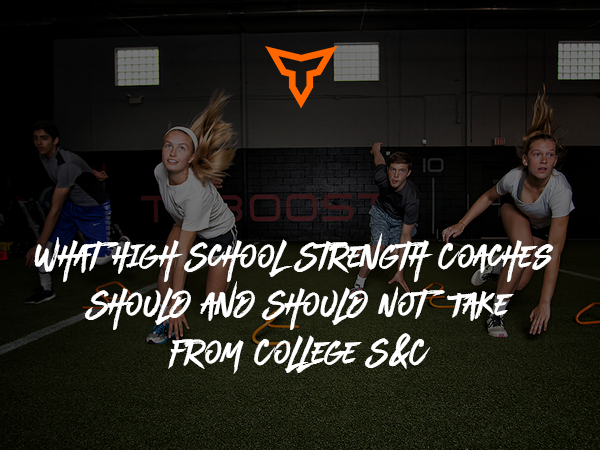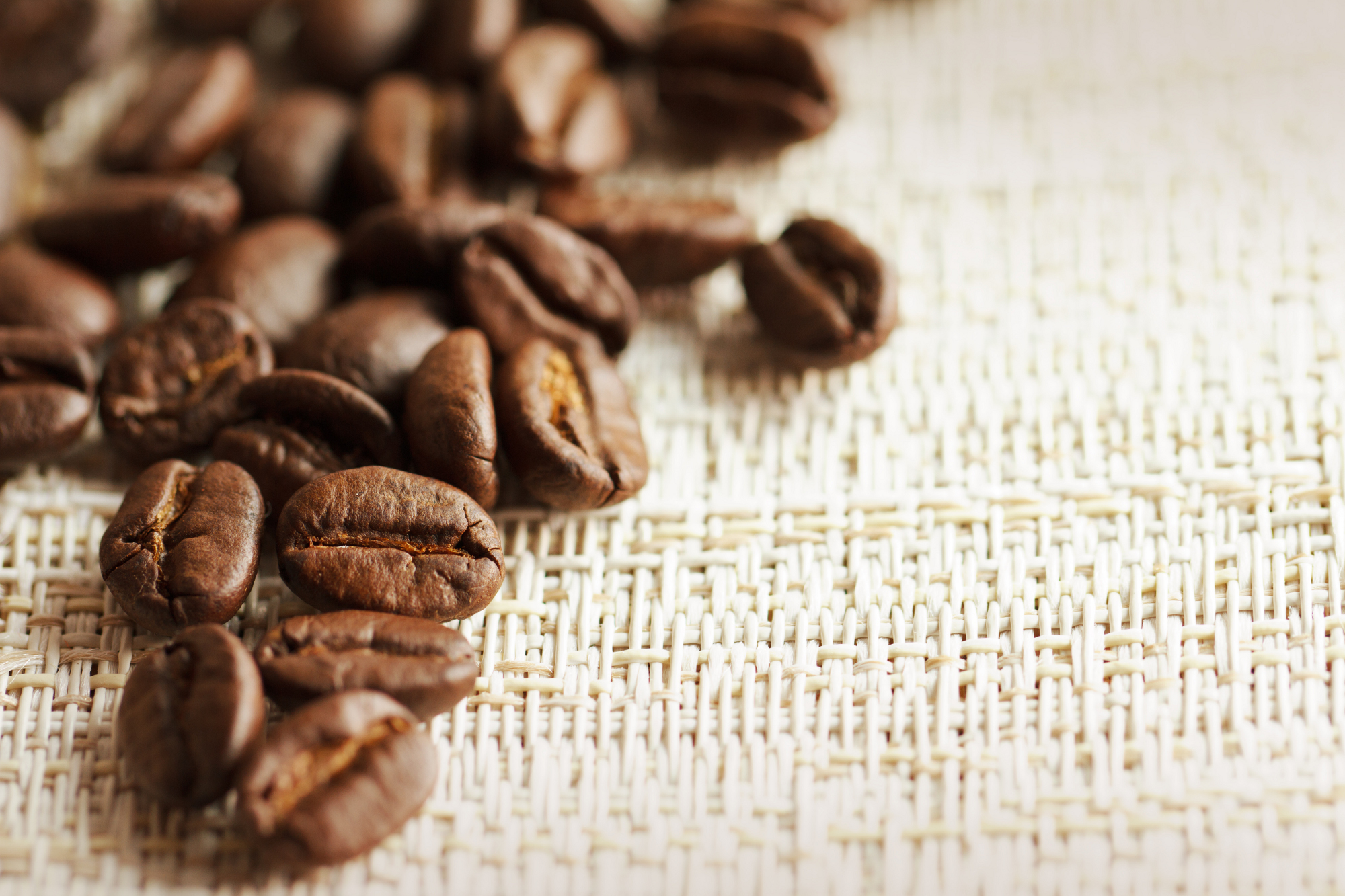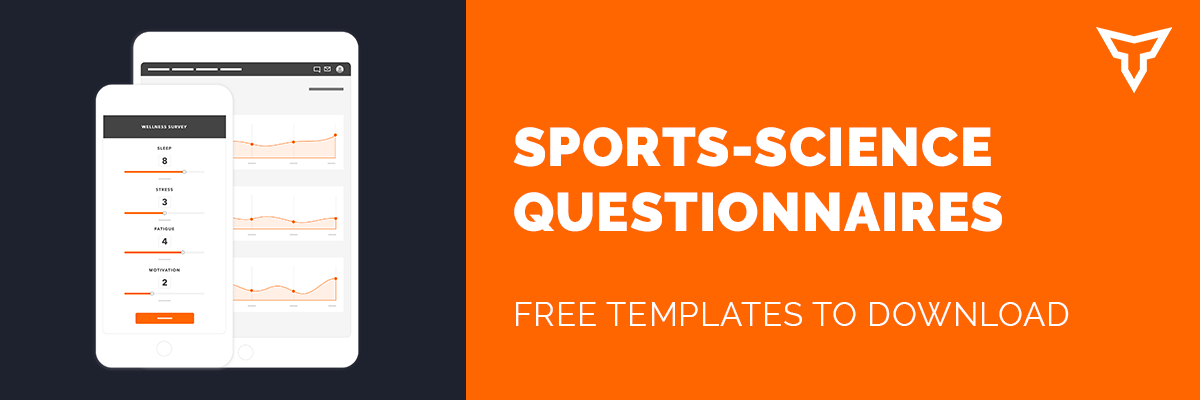We all know the many benefits of core exercises when performed correctly. As coaches, we rely on visual cues like a neutral spine and pelvis to tell us if a given core exercise workout is being done right. There are two problems with this: One is that some very minor compensations of even a few millimeters can go undetected and make an exercise ineffective.
Another is that the athlete relies on the coach for feedback, instead of on themselves and what they feel. This is a problem because we can’t feel if they’re activating the muscles we want them to activate or whether the exercises they’re doing are actually benefiting them. To address this problem, I begin core training with some simple, but surprisingly difficult core activation exercises aimed at building a good mind-muscle connection with the core.
I start by teaching a posterior pelvic tilt, some breathing exercises (including deep diaphragmatic breathing and very hard exhales), and a hip bridge. The purpose of all three is to teach athletes what it FEELS LIKE to engage the pelvic floor, the deep abdominal stabilizers, and the glutes – and to tie them all together in controlling the pelvis and the Lumbo-Pelvic Hip Complex. (SEE VIDEO BELOW)
The good news is that within a few sessions, most athletes and clients substantially improve their mind muscle connection (and therefore their pelvic control). Once an athlete can activate and control their deep core muscles, we can start to program more challenging moves like bear crawls and loaded carries.
The first way you ever moved as a human was to crawl. And do you remember who taught you to crawl? That’s right – nobody did. It just comes with the software when you’re born. The movement pattern (using the oblique slings) requires a massive amount of cross-talk between the left and right sides of your brain, which improves your motor control, coordination, and balance. So the movement gives your brain as much of a workout as your body. Some of the other benefits of bear crawls include:
Benefits:
- Dynamic core stabilization + force transfer
- Enhanced motor learning
- Increased body awareness
- Chest, shoulder, triceps strength
- Shoulder blade stabilization on the ribcage (especially Serratus Anterior when doing a reverse bear crawl)
- Quadriceps engagement
- Cardiovascular conditioning
- Improved Proprioception (aka Coordination)
- Reflexive strength (ability to react to a stimulus without having to think consciously about it)
- Better bone density in hand/forearm/upper arm bones
- CNS ‘reset’
I also like to include loaded carries for a lot of the same reasons as crawls – dynamic stabilization of the trunk, force transfer, and coordination (hello motor learning), but also the stabilization of the ankles, hips, and shoulders under load. Each step with a loaded carry is a single-leg balancing exercise, a grip strength challenge, and of course, it heavily engages ALL of the core musculatures. And while I still have never had an athlete tell me their goal is to improve their grip strength – ask anyone who competes in baseball, hockey, tennis, lacrosse, javelin, pole vaulting, golf, waterskiing, motocross, or gymnastics if grip strength is important to their sport (Hint: it is).
So in terms of ‘bang for your buck’ – carries and crawls are at the very top of the list. I love using them in my warm-ups because I believe getting a good core/pelvis connection is critical for an effective training session. But you can program them in between sets, or even as their own workout on recovery days since the demand on the Central Nervous System is so low. Wherever you put them, just be sure to include them as part of any core-strengthening or sports-performance program.
Good luck, and remember – use your powers for good.
Subscribe to our blog
Subscribe to receive the latest blog posts to your inbox every week.
Related posts

What High School Strength Coaches Should and Should Not Take from College S&C

Stop Worshiping the Logo


